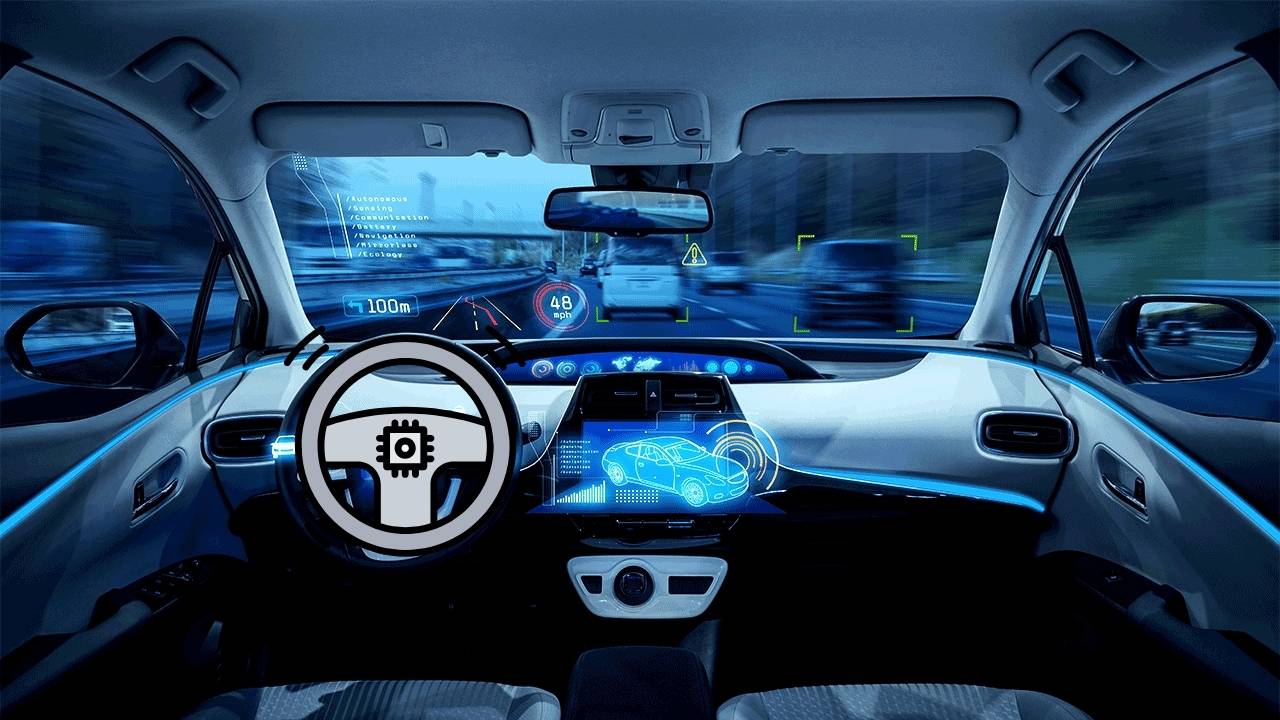Photonics Revolution: Photonics Revolution is a term that describes the incredible impact of light-based technology on our digital world. From the internet and smartphones to medical devices and renewable energy, photonics is changing the way we live, work, and connect.

But what exactly is photonics? How does it work, and why is it so important for our digital future? Let’s explore this fascinating field in a way that’s easy for everyone-from curious kids to seasoned professionals-to understand.
Table of Contents
Photonics Revolution
| Feature/Fact | Details & Examples |
|---|---|
| Definition | Science and technology of generating, controlling, and detecting light (photons) |
| Major Applications | Telecommunications, healthcare, energy, manufacturing, consumer electronics |
| Core Devices | Lasers, LEDs, optical fibers, sensors, photonic integrated circuits |
| Global Market Value (2024) | Estimated over $600 billion and growing rapidly |
| Career Opportunities | Optical engineer, photonics technician, R&D scientist, telecommunications specialist |
| Official Resource | Photonics Society |
The Photonics Revolution is shaping our digital future by harnessing the power of light. From faster internet and better healthcare to renewable energy and smart cities, photonics is at the heart of innovation. Whether you’re a student, a professional, or just curious, understanding photonics opens up a world of possibilities. As technology advances, the importance of light-based solutions will only continue to grow-making now the perfect time to get involved in this exciting field.
What is Photonics? A Simple Explanation
Photonics is the science and technology of using light-specifically photons, the tiny particles that make up light-to send information, create images, power devices, and much more. Think of it as the “electronics of light.” Instead of using electricity and electrons, photonics uses light and photons to do amazing things.
Light isn’t just what we see with our eyes. It includes invisible forms like infrared (used in TV remotes) and ultraviolet (used in sterilization). Photonics covers all these types of light, making it a super versatile field.
Why is Photonics So Important in the Digital Age?
Photonics is at the heart of the digital revolution. Here’s why:
- Speed: Light can carry information much faster than electricity, which is why fiber optic internet is so much quicker than old copper wires.
- Energy Efficiency: Photonic devices often use less power, helping save energy and reduce costs.
- Miniaturization: Photonics allows for smaller, lighter, and more powerful devices, from smartphone cameras to medical sensors.
- Versatility: It’s used in everything from healthcare and manufacturing to entertainment and renewable energy.
Step-by-Step Guide: How Photonics Works in Our Daily Lives
Step 1: Generating Light
The journey begins with creating light. Devices like lasers and LEDs are at the core of photonics. Lasers produce a focused beam of light, while LEDs create bright, energy-efficient light in all sorts of colors.
Example: The laser in a barcode scanner at the supermarket reads product codes in a flash.
Step 2: Transmitting Light
Once light is generated, it needs to be sent somewhere. Optical fibers-thin strands of glass or plastic-carry light signals over long distances with almost no loss. This is how the internet travels under oceans and across cities.

Example: When you stream a video, data travels as light pulses through fiber optic cables to your device.
Step 3: Manipulating Light
Photonics lets us control light in clever ways-bending, splitting, or filtering it using lenses, mirrors, or special materials. This is essential for focusing cameras, guiding lasers, or splitting signals in telecommunications.
Example: A camera lens focuses light onto a sensor, creating a sharp image.
Step 4: Detecting Light
At the end of its journey, light needs to be detected and turned into something useful. Sensors and detectors convert light into electrical signals, which computers can understand.
Example: The sensor in your phone’s camera detects light and turns it into a digital photo.
Step 5: Using Light for Practical Applications
Now, the magic happens! Photonics powers all sorts of real-world technologies:
- Telecommunications: Fiber optics make high-speed internet possible, connecting people worldwide.
- Healthcare: Lasers perform eye surgery, and photonic sensors detect diseases early.
- Energy: Solar panels turn sunlight into electricity, thanks to photonic technology.
- Manufacturing: Lasers cut, weld, and engrave materials with incredible precision.
- Consumer Electronics: Everything from Blu-ray players to smartphone cameras uses photonics.
Real-World Examples of Photonics in Action
1. Fiber Optic Internet

Fiber optic cables use light to send data at nearly the speed of light. This means faster downloads, smoother video calls, and more reliable connections.
2. Laser Eye Surgery
Doctors use lasers to reshape the cornea and improve vision. The precision of photonics makes these surgeries safer and more effective.
3. Solar Power
Solar panels capture sunlight and turn it into electricity. Advances in photonics have made solar cells more efficient and affordable.
4. Autonomous Vehicles

Self-driving cars use photonic sensors (like LIDAR) to “see” the world around them, helping them navigate safely.
The Future of Photonics: What’s Next?
The Photonics Revolution is just getting started. Here’s what the future might hold:
- Photonic Computing: Computers that use light instead of electricity could be thousands of times faster than today’s machines.
- Quantum Photonics: Using the weird rules of quantum physics, photonics could enable ultra-secure communication and powerful new computers.
- Smart Cities: Photonics will power everything from intelligent traffic lights to advanced pollution sensors.
- Healthcare Breakthroughs: New photonic devices could spot diseases earlier and make treatments less invasive.
Practical Advice: How to Get Involved in Photonics
For Students and Beginners:
- Explore science kits that teach about light and optics.
- Watch videos or visit science museums with photonics exhibits.
- Try simple experiments with mirrors, lenses, and flashlights.
For Professionals:
- Stay updated with industry news through photonics-focused websites.
- Consider advanced courses or certifications in optical engineering or photonics.
- Join professional organizations such as the Photonics Society for networking and resources.
Career Paths in Photonics:
- Optical Engineer
- Photonics Technician
- Research Scientist
- Telecommunications Specialist
- Medical Device Developer
FAQs About Photonics Revolution
Q1: What is the difference between photonics and optics?
Optics is the broader science of light, while photonics focuses on using light for practical applications, especially in technology and engineering.
Q2: Why is photonics faster than electronics?
Light (photons) can travel much faster and carry more data than electricity (electrons), making photonic devices ideal for high-speed communication.
Q3: Where can I study photonics?
Many universities offer degrees in optical engineering, physics, or photonics. Professional organizations can help identify accredited programs.
Q4: How does photonics help the environment?
Photonics enables energy-efficient lighting (LEDs), cleaner manufacturing (laser processing), and renewable energy (solar panels), supporting sustainability goals.
Q5: Are there jobs in photonics?
Yes! The field is growing rapidly, with opportunities in research, engineering, telecommunications, healthcare, and more.



















